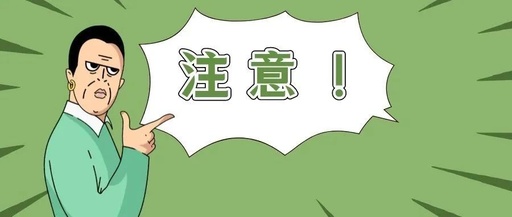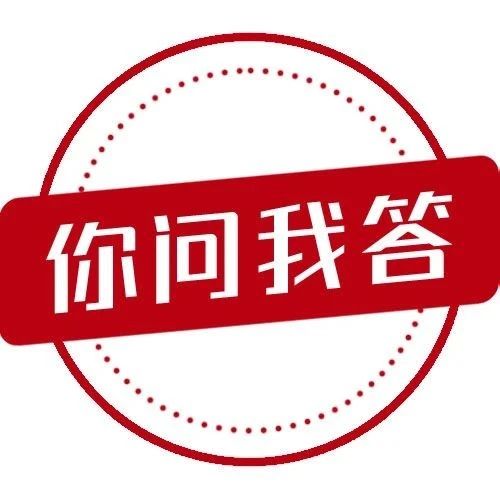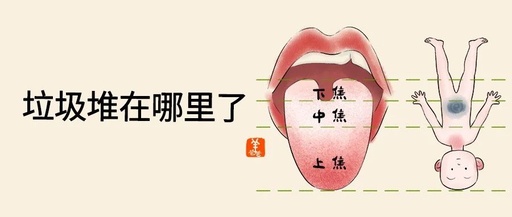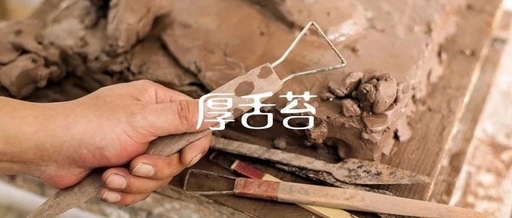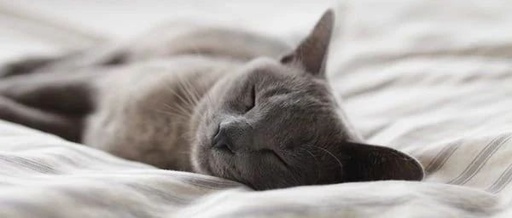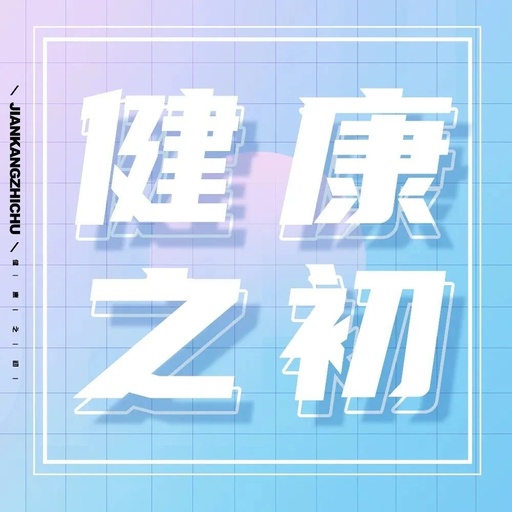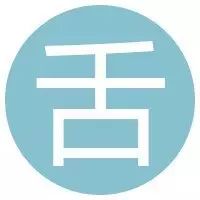Is a Clean Tongue Always Better? Wrong! It May Indicate You Are “Suffering from Illness”!
Click the blue text Follow us The tongue is not only an important organ for taste in the human body but also a “barometer” of health reflecting the body’s health status to some extent. Many people know that a thick and greasy tongue coating is not good. But is a cleaner tongue always better? Not … Read more

